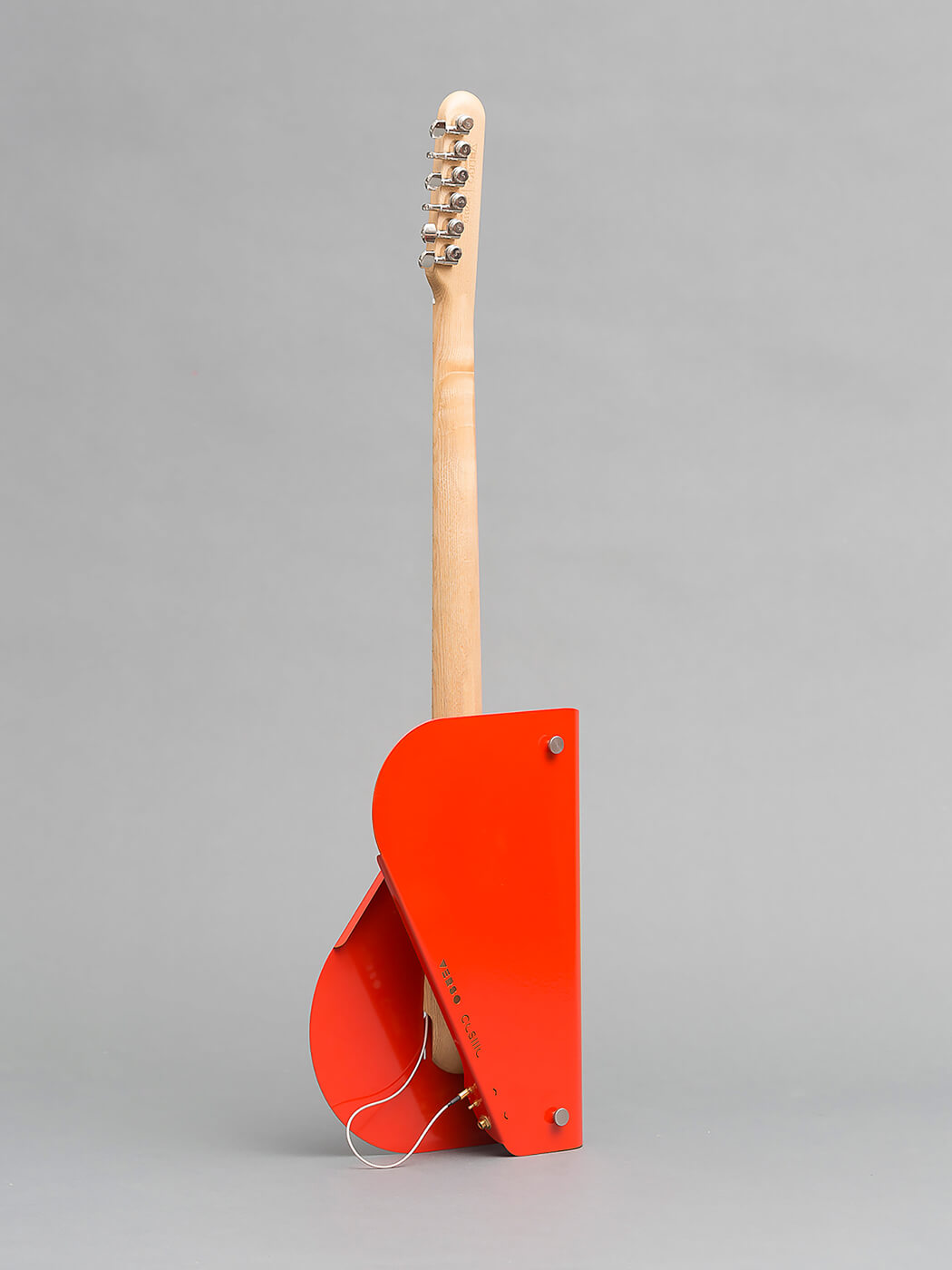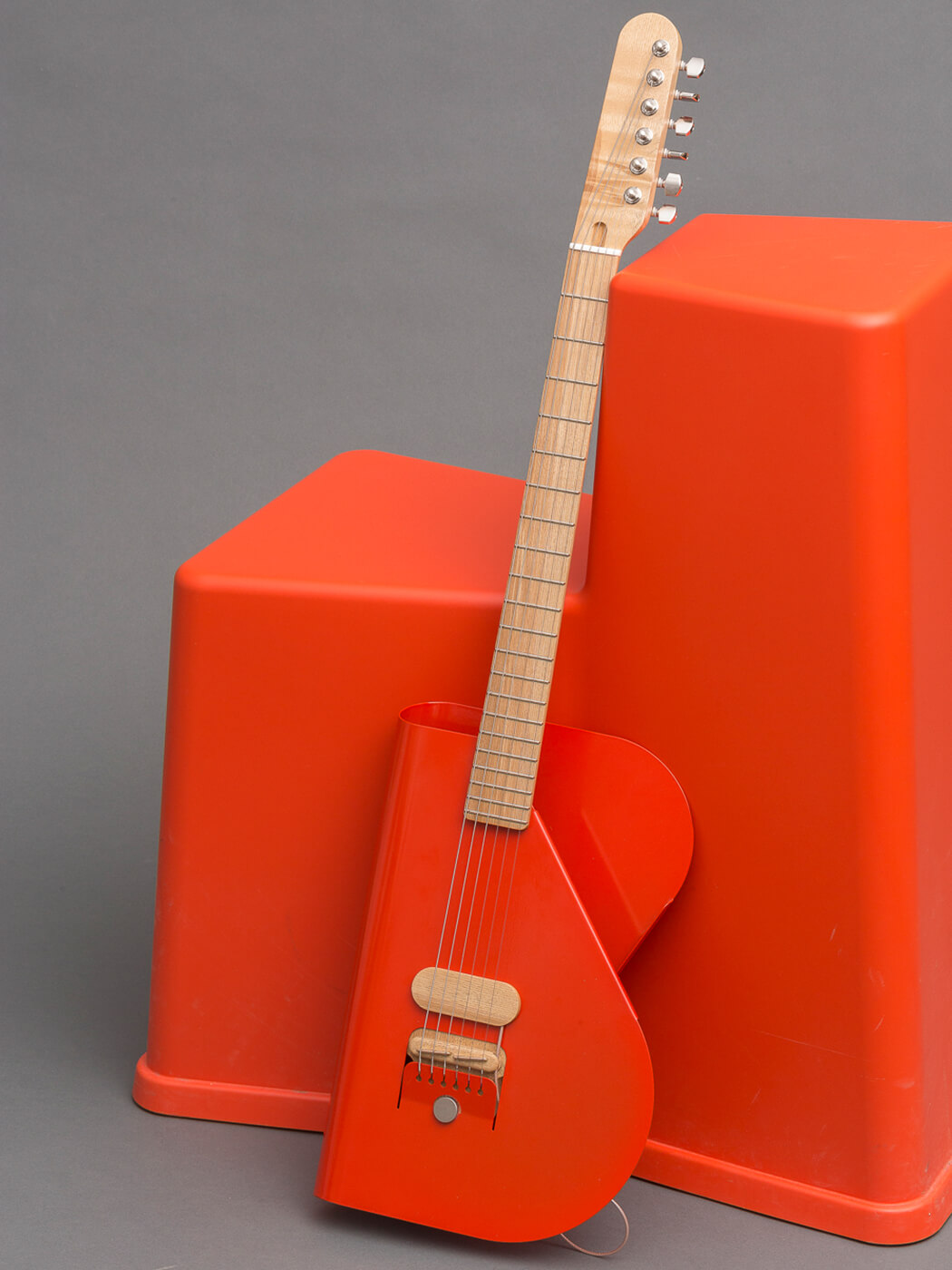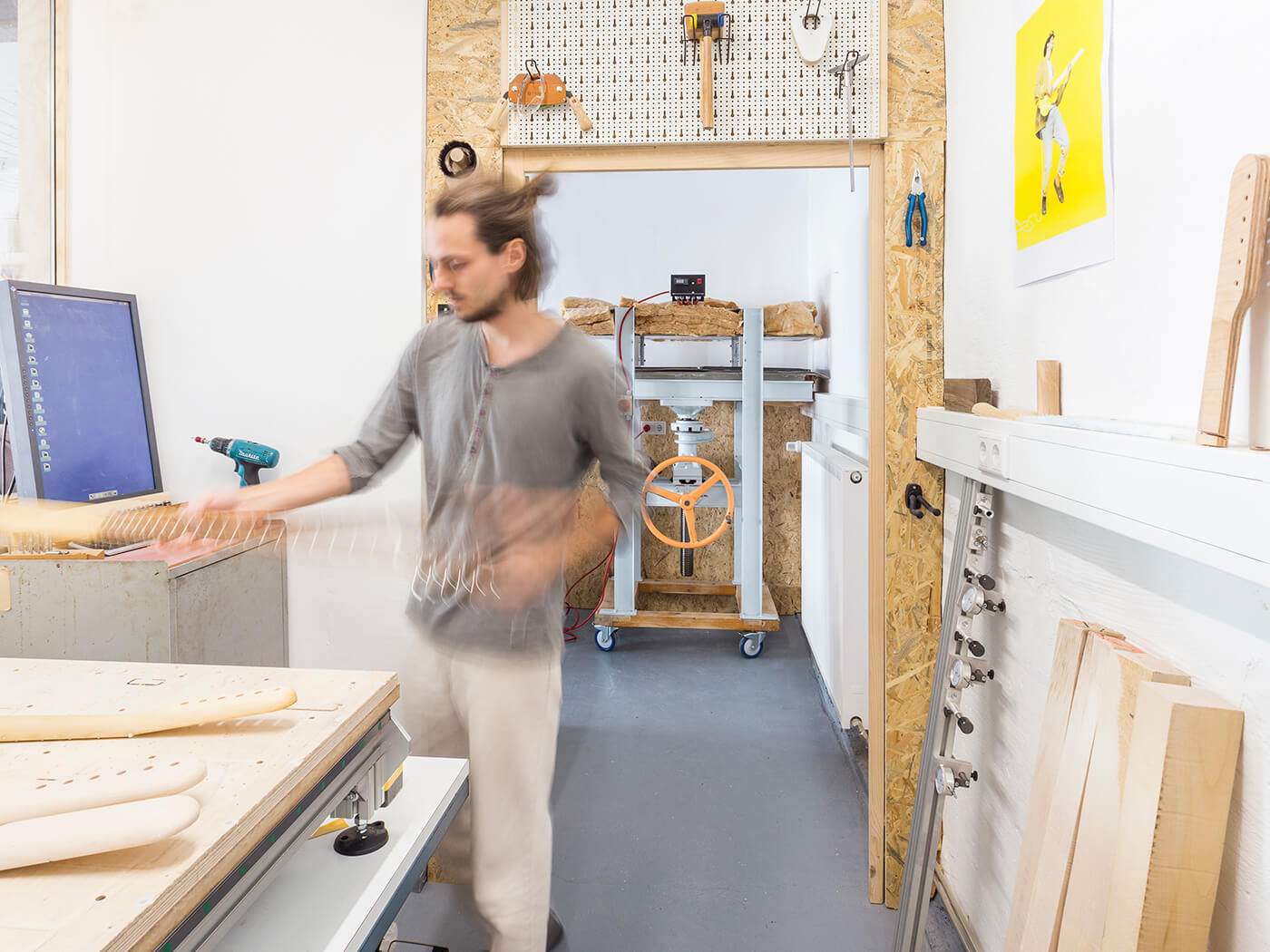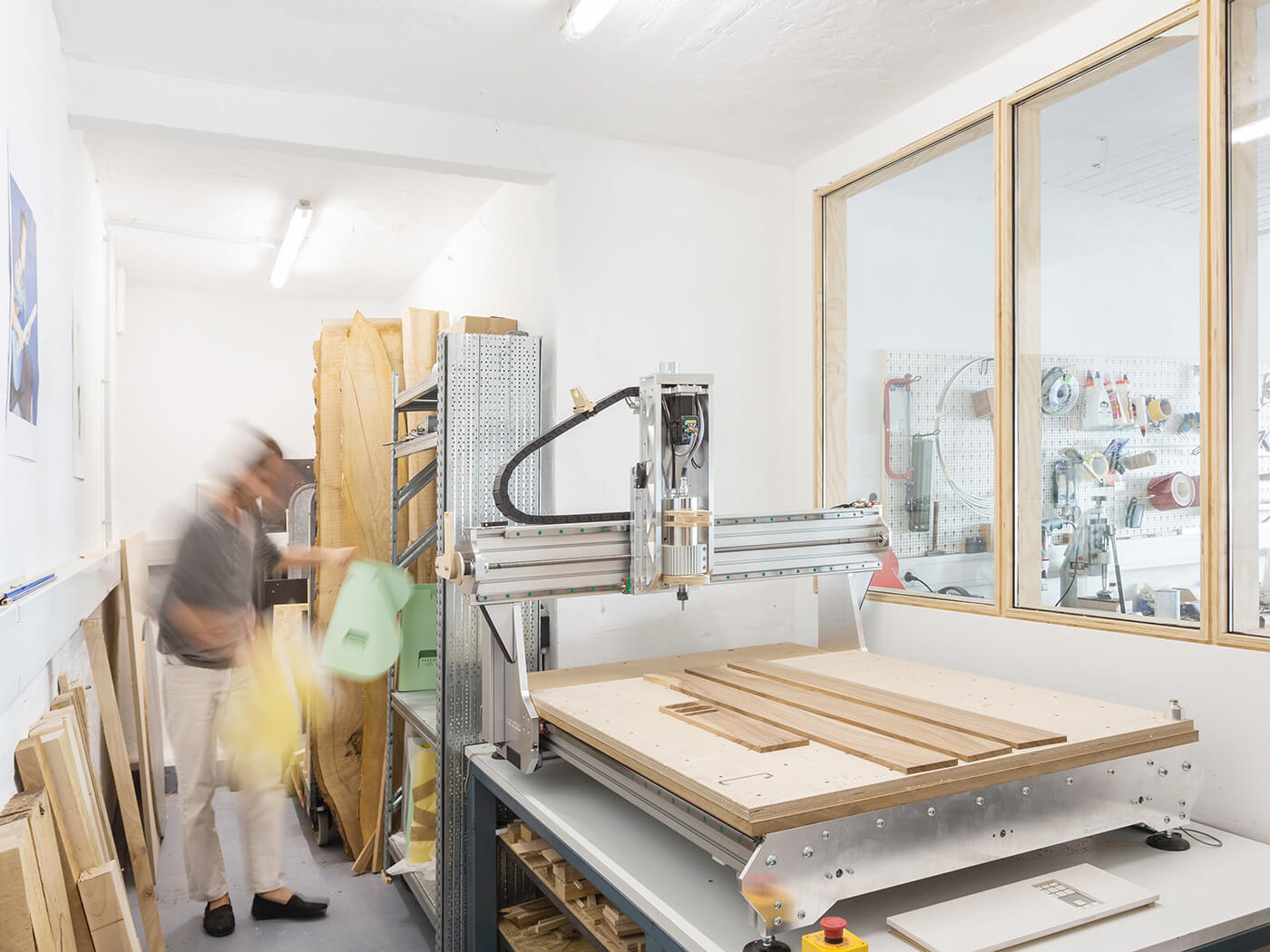Related Tags
Meet Verso Instruments, the boutique brand asking “different questions” about modern guitar design
With an ethos that combines his experience building Weissenborn instruments, and the influence of German industrial design icon Dieter Rams, Robin Stummvoll’s Verso guitars are a very different proposition.
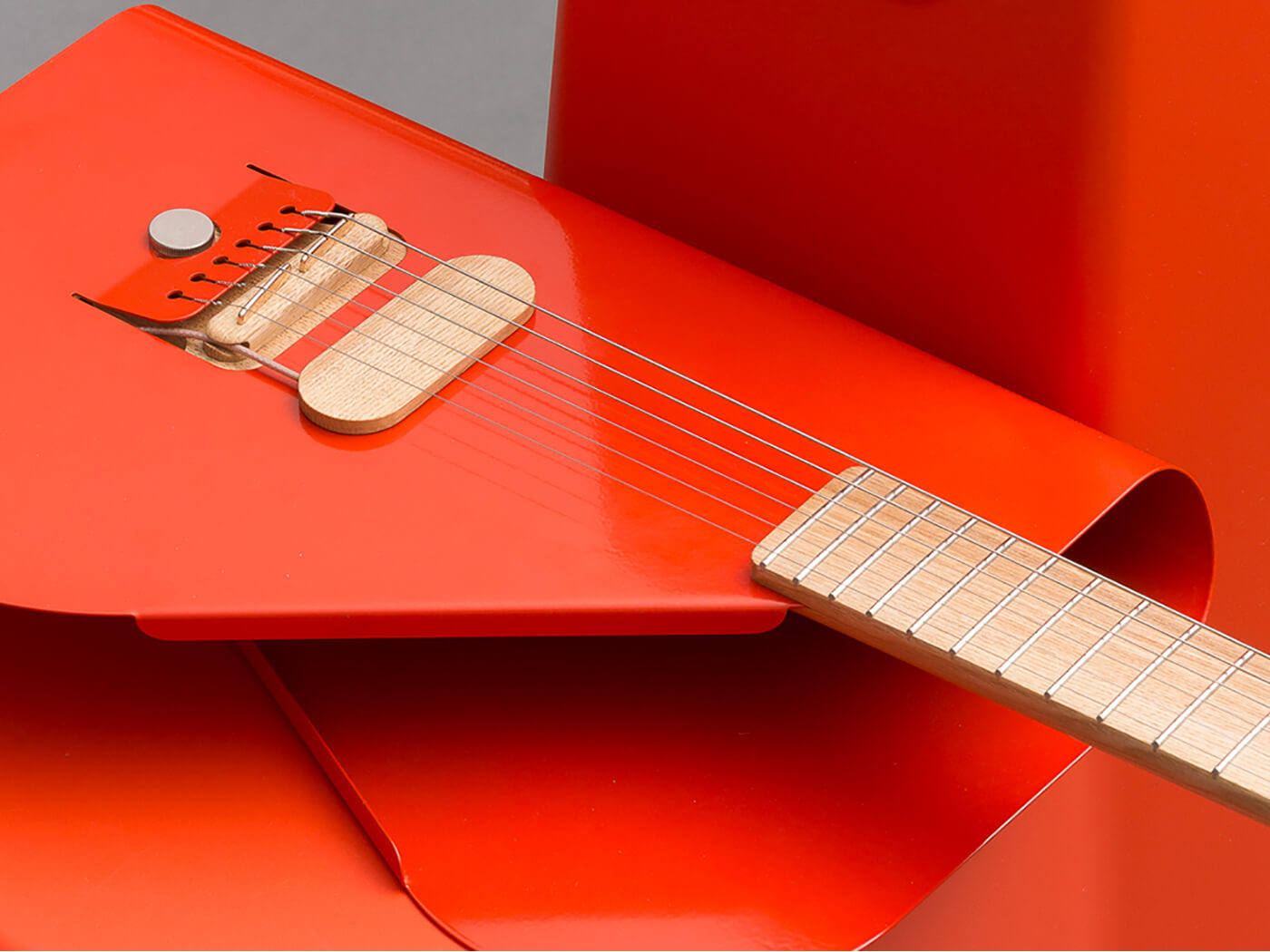
When did you start working with guitars?
“I built my first guitar at the age of 16 – a solidbody lap steel in the shape of a Weissenborn. It took me forever to build, but it’s still nice to play! The second guitar I built was 13 years later, the first ‘sketch’ of a guitar that I later called Cosmo. In those 13 years I studied graphic design and afterwards industrial design. I finished my diploma with the thesis ‘sound does not equal expectations’ and designed a guitar made of sheet metal with freely movable pickups. I fell in love with the work as a guitar builder, decided to try it professionally and from there it took three years to build the brand, design a 100 per cent working instrument and learn how to build guitars on a professional level. In November 2020 I opened the doors of Verso Instruments.”
Your ethos seems to focus on simplified processes and using ‘unheard’ materials. What inspired you to pursue that?
“I find beauty in things that are simple, yet smart in their use of material. I think Dieter Rams and Charles and Ray Eames are the ones that inspired me most. The guitars of Allan Gittler, Uli Teuffel & Nobuaki Hayashi (Atlansia) opened a world for me, and I started to ask questions regarding construction and materials. Sheet metal as a body material offers many opportunities for the players and to me as a builder. The player benefits from new options, like an interchangeable and freely movable pickup system that furthers body resonance and adds unheard overtones. Steel lets me integrate a lot of parts into one single sheet of metal and reduce the overall number of parts to reduce costs, time, and resources.”
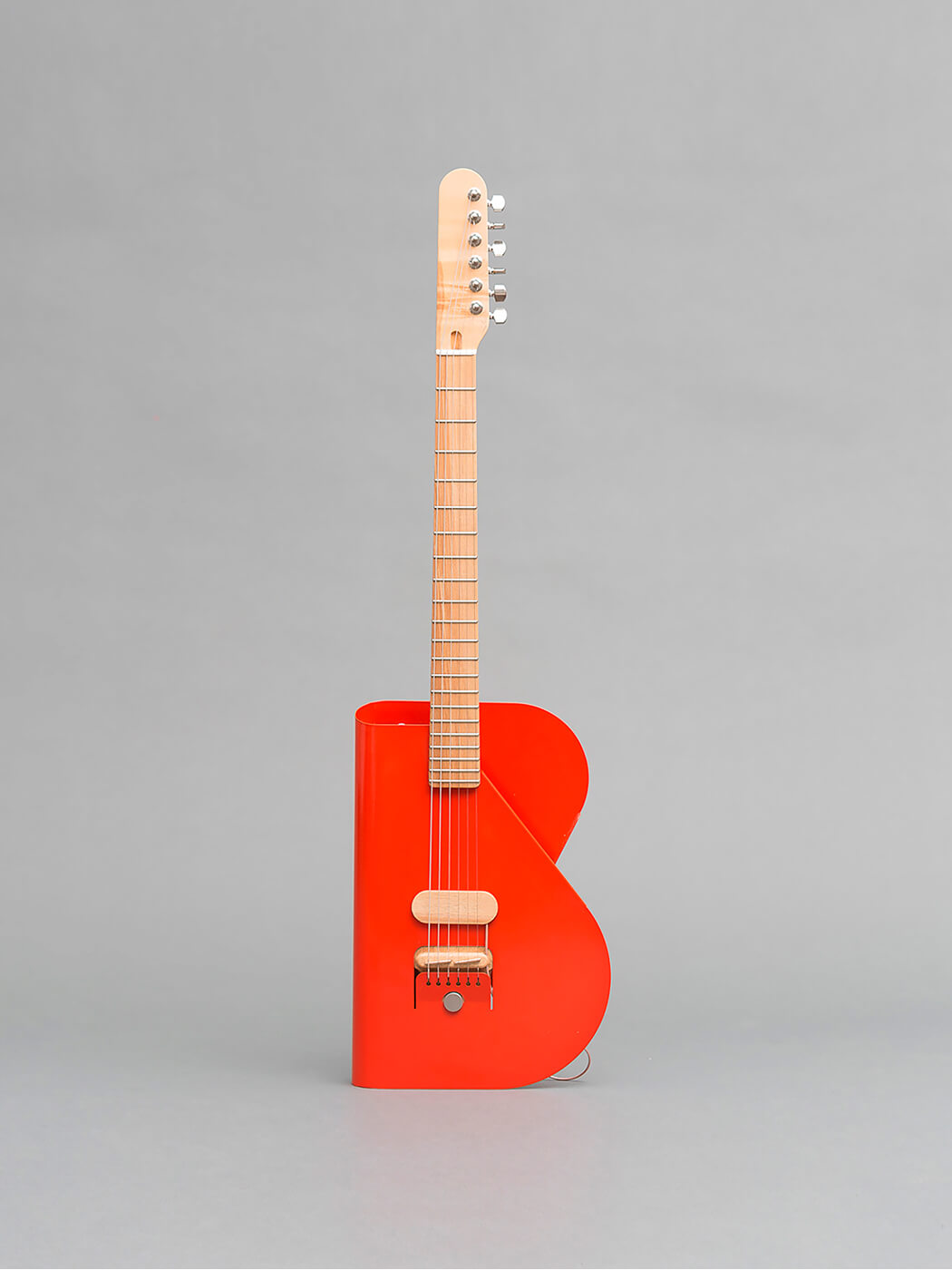
How does your background in product design influence your luthiery?
“I think as a trained luthier I would have asked different questions than I did as a designer. As a luthier I may have searched for a way to build instruments in the best possible way with the best possible sound. As a designer I asked for the simplest possible instrument without it sounding or playing strangely. Leo Fender had the same design approach: Build something efficient, simple, and functional. He was ingenious enough and I was lucky enough that both results sounded good!”
You also work with traditional techniques, using resins and linseed oil for the wooden elements. How did you find a balance between traditional and contemporary methods?
“I work with everything that makes sense. I use CNC machining because of accuracy and repetition. I use hand planes for surface quality, linseed oil and shellac because of their sustainability as they’re much more restorable and repairable than ‘modern’ surface techniques like nitro or poly. Many techniques pre-1900 are much more sustainable than new stuff. I think the combination of laser cut and powder coated metal with French polished wood is fresh, unexpected, and beautiful.”
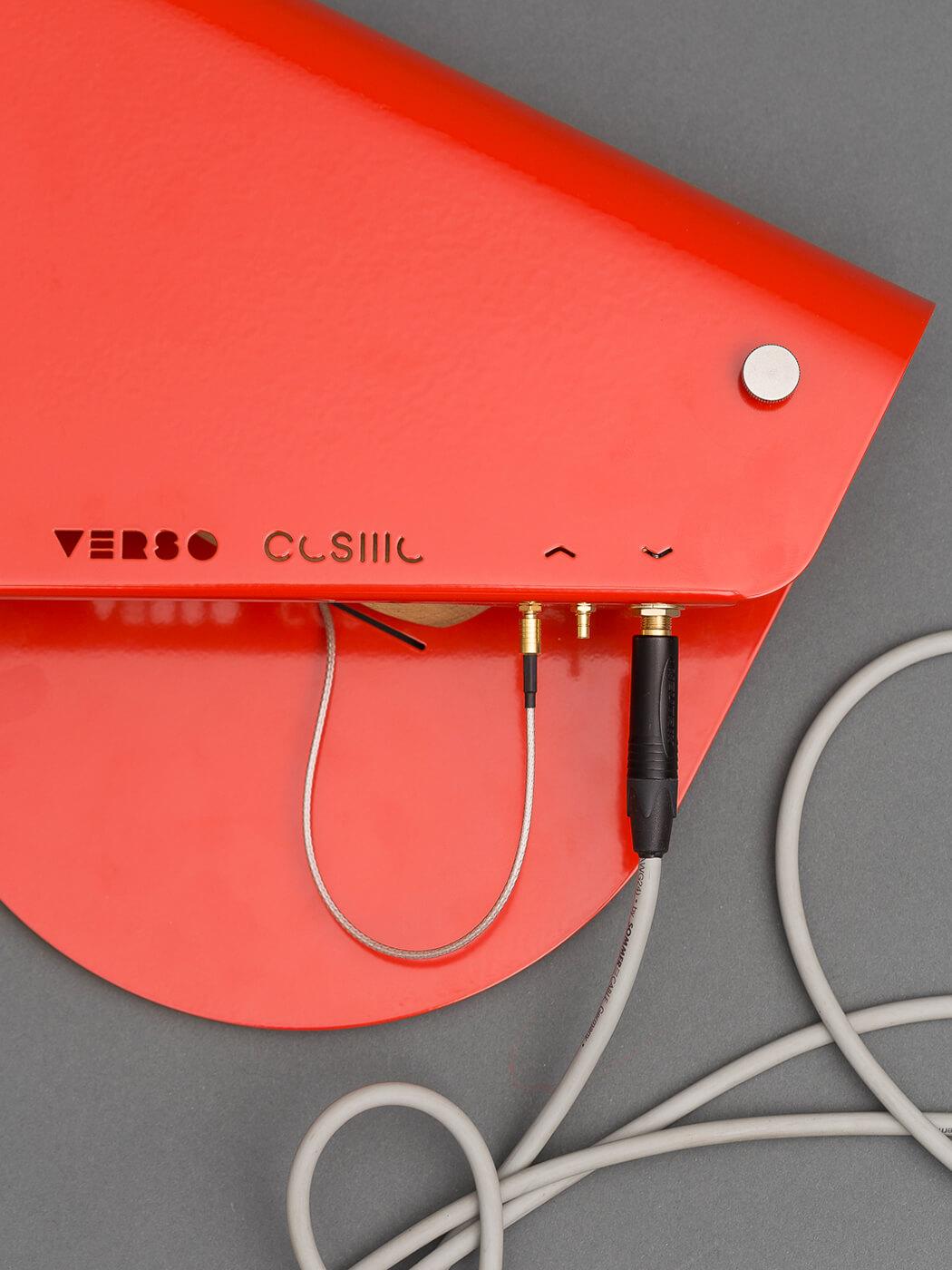
Your pickups are wound in-house and are moveable when mounted. Why did you design them like this?
“Altering the position of a single pickup makes the usual pickup positions with a three-way switch obsolete. A single pickup guitar has a much more appealing sound to me – being movable adds a whole universe of timbres. They work under the strings and away from them because it captures the body resonance. You can hold it and create swells just with your hand motion. The requirements for such a pickup are so different to average that I had to build them myself. They look simple, but the development was complex and included techniques like baking the coils instead of wax potting them. They also use very small but strong neodymium magnets.”
Why did you decide on using non-adjustable bridges with brass saddles?
“I see adjustable bridges as a positive feature on guitars with a bad setup, leaving the job to someone else. That doesn’t mean all adjustable guitars are bad, but the design implies that. Traditional instruments, including acoustics, are almost never adjustable and are superb when set up well. I think an instrument without the option to be adjusted reduces stress for the player. When you play a piano or a violin you trust and accept your instrument – but on an electric there is always the feeling of ‘that could be better.’ As a luthier I want to relive my players of everything except creating music. The intonation is consistent with the requested set of strings and can be adjusted as on any archtop with a floating bridge.”
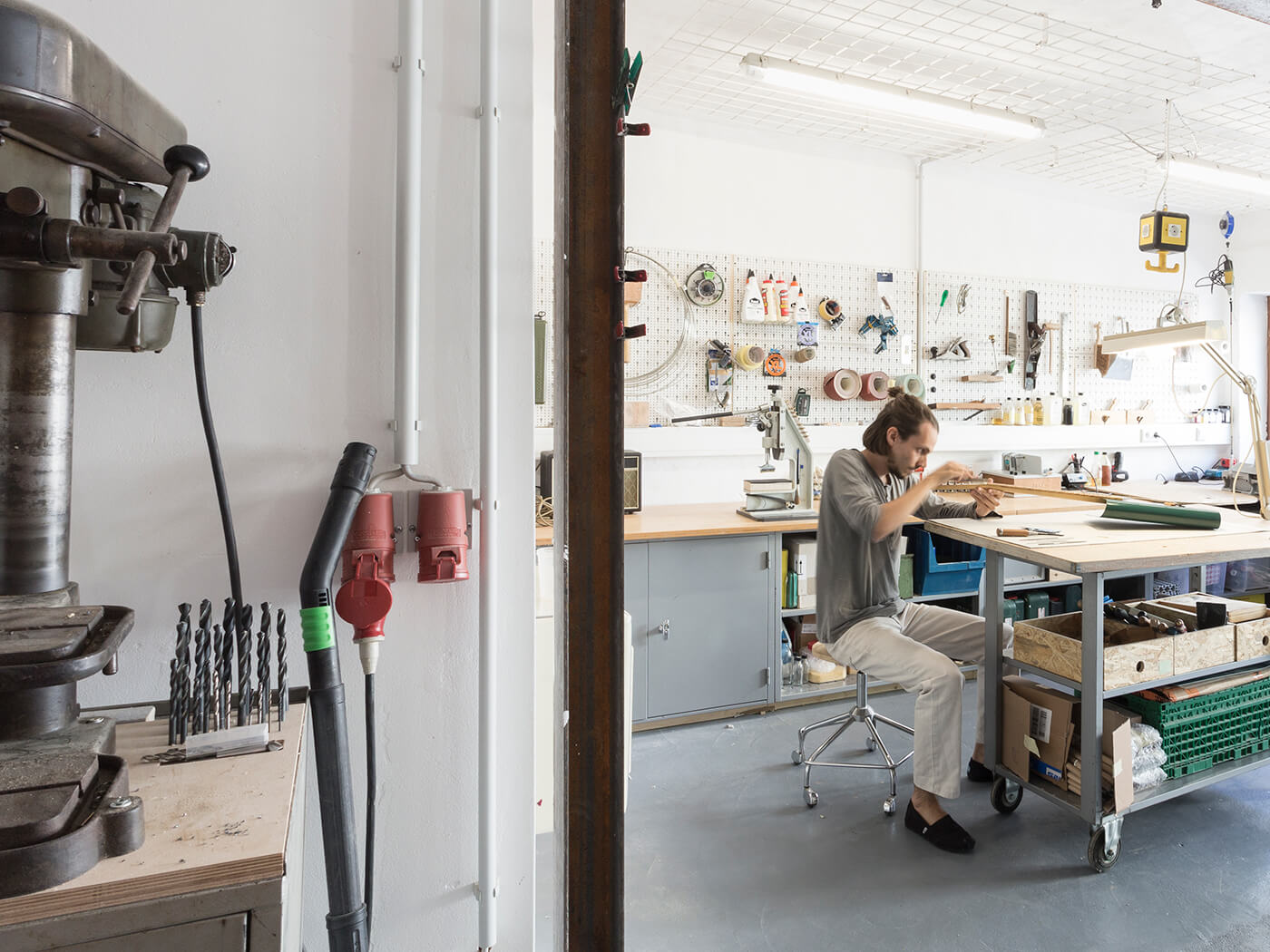
You also use locally sourced tonewoods for the neck-through design. Was that choice based on sustainability?
“Yes. I think local and tropical woods are different in sound and aesthetic, but different doesn’t mean better or worse. As a creator of instruments that hopefully inspire musicians and builders, I think it’s my responsibility to use local woods exclusively. That’s also why I don’t use old stock tropical timber. I want to change habits and expectations for the better and this isn’t happening with mahogany and ebony in 2021. With acoustics it’s a tough discussion, but not with electrics.”
What’s your proudest moment as a maker?
“I’m proud that builders all over the world, among them my heroes, are writing to appreciate my work. That’s crazy! I often question my work and whether to call myself a ‘luthier’ as an untrained, self-made guy. This really helps me believe in myself and the project. It’s great to see people understanding the concept of these strange guitars.”
What’s next for Verso Instruments?
“A short scale bass, hopefully in the next few months. Long term, a guitar with a wooden body that’s using the same pickup principle.”
Visit versoinstruments.com for more information.

